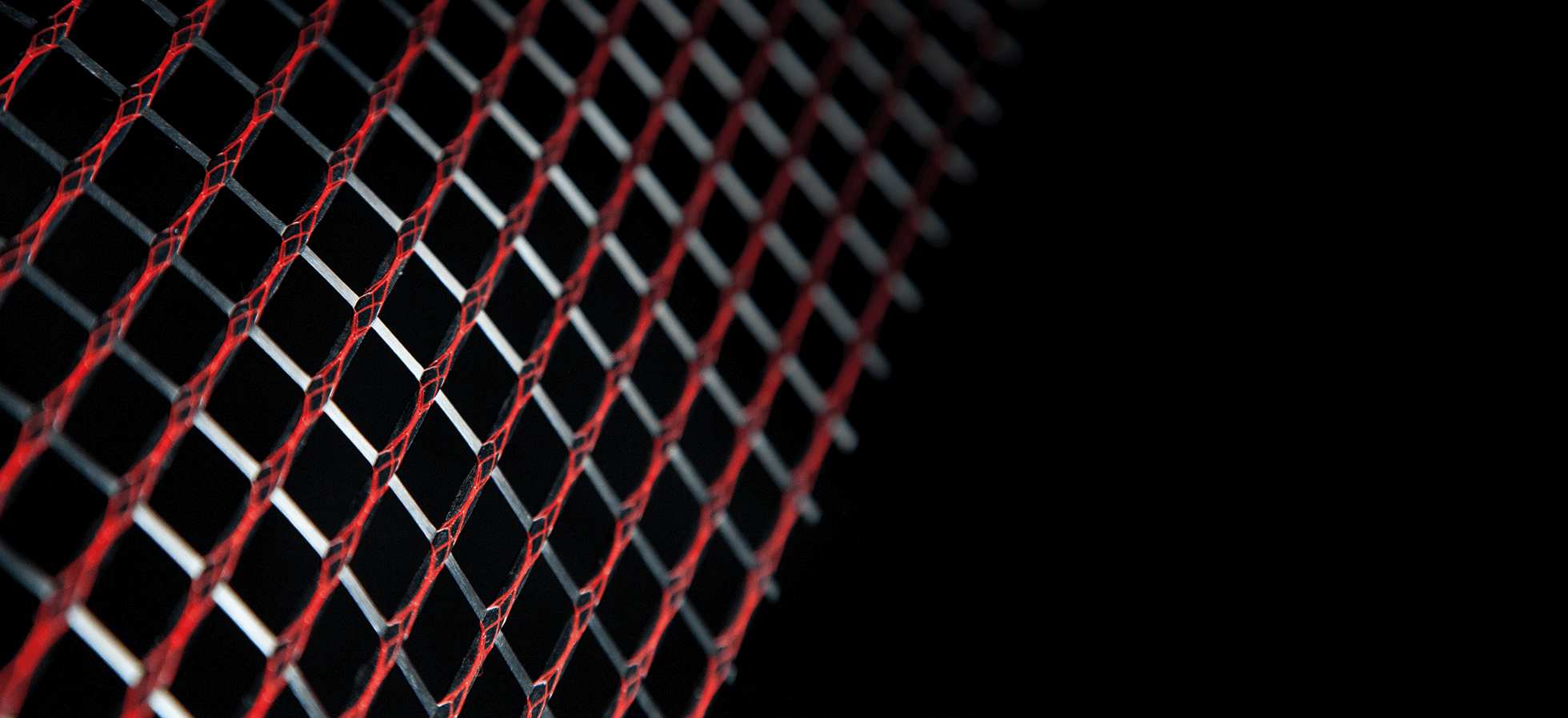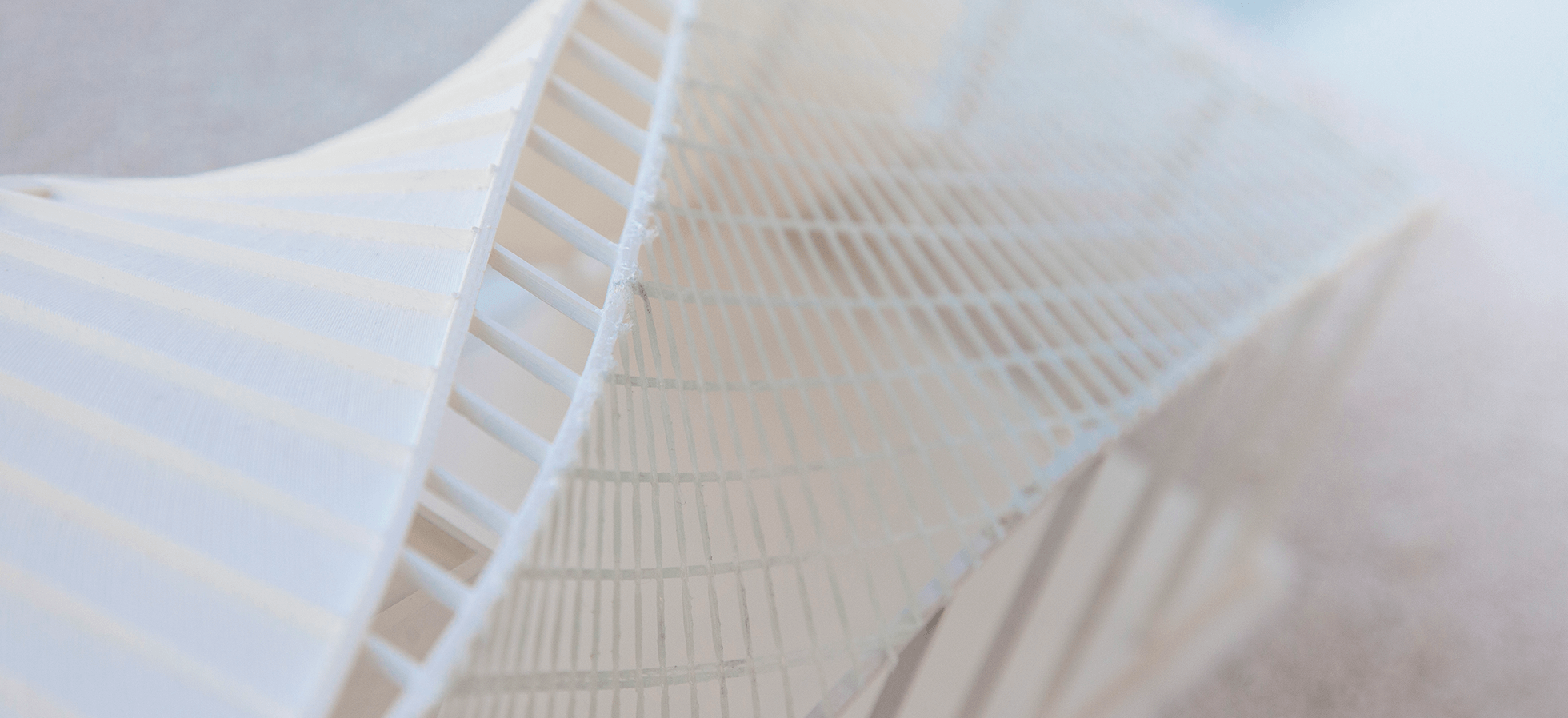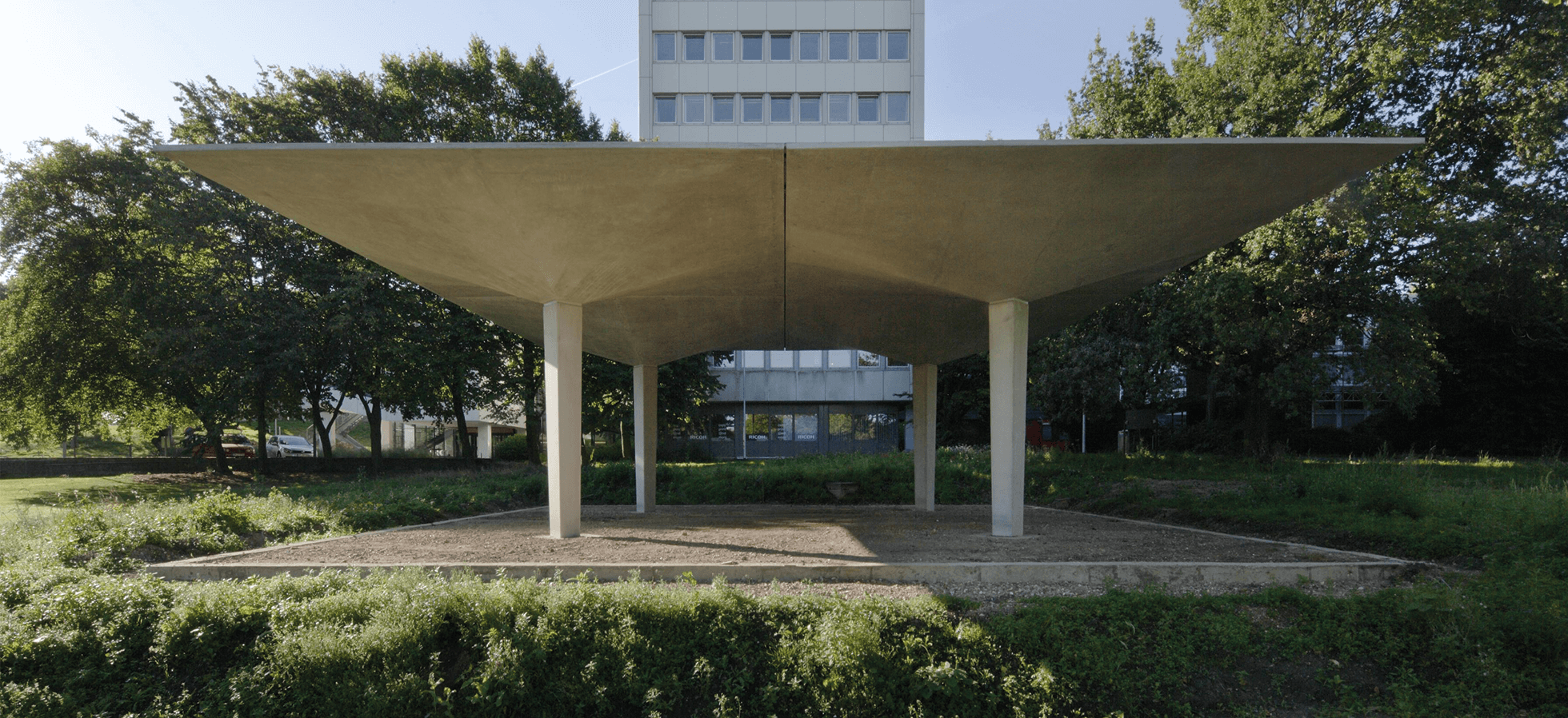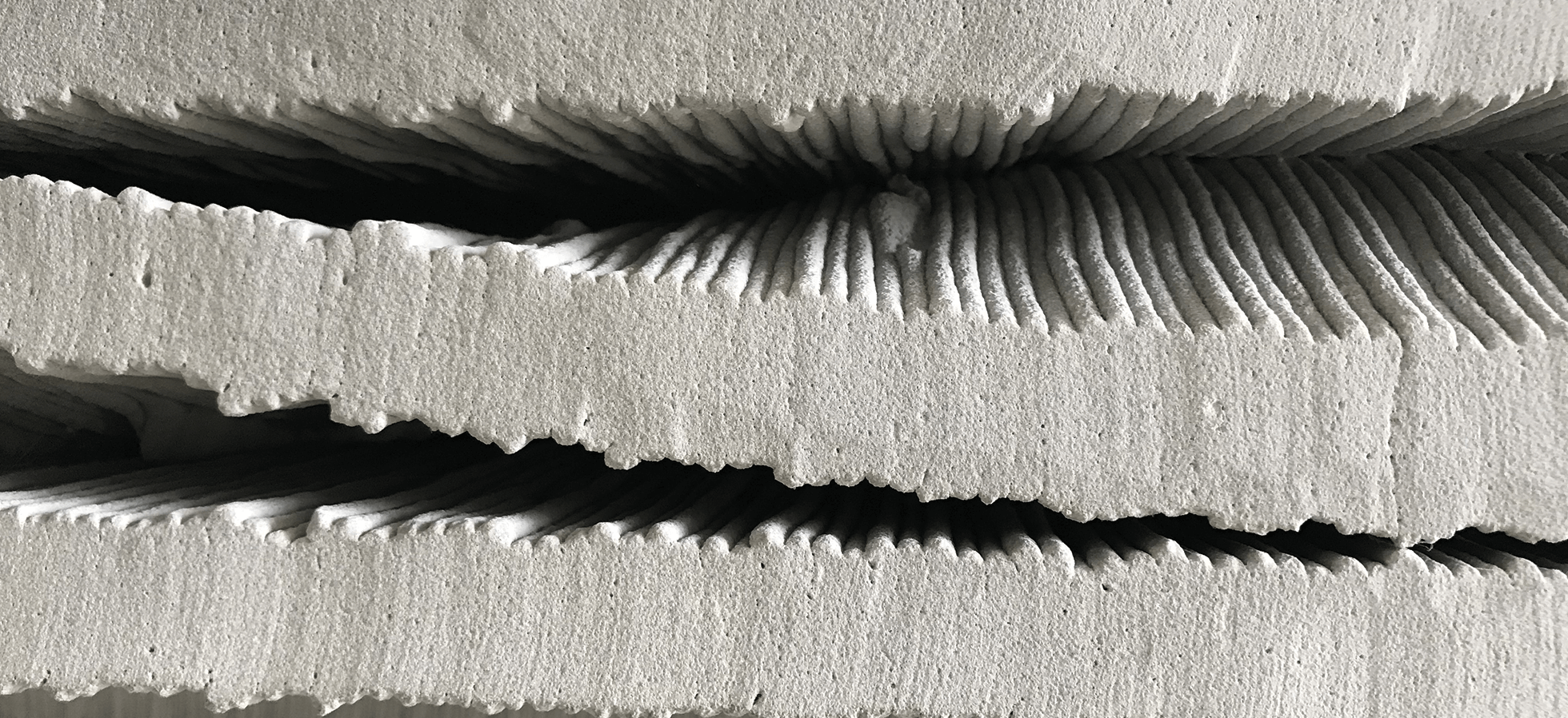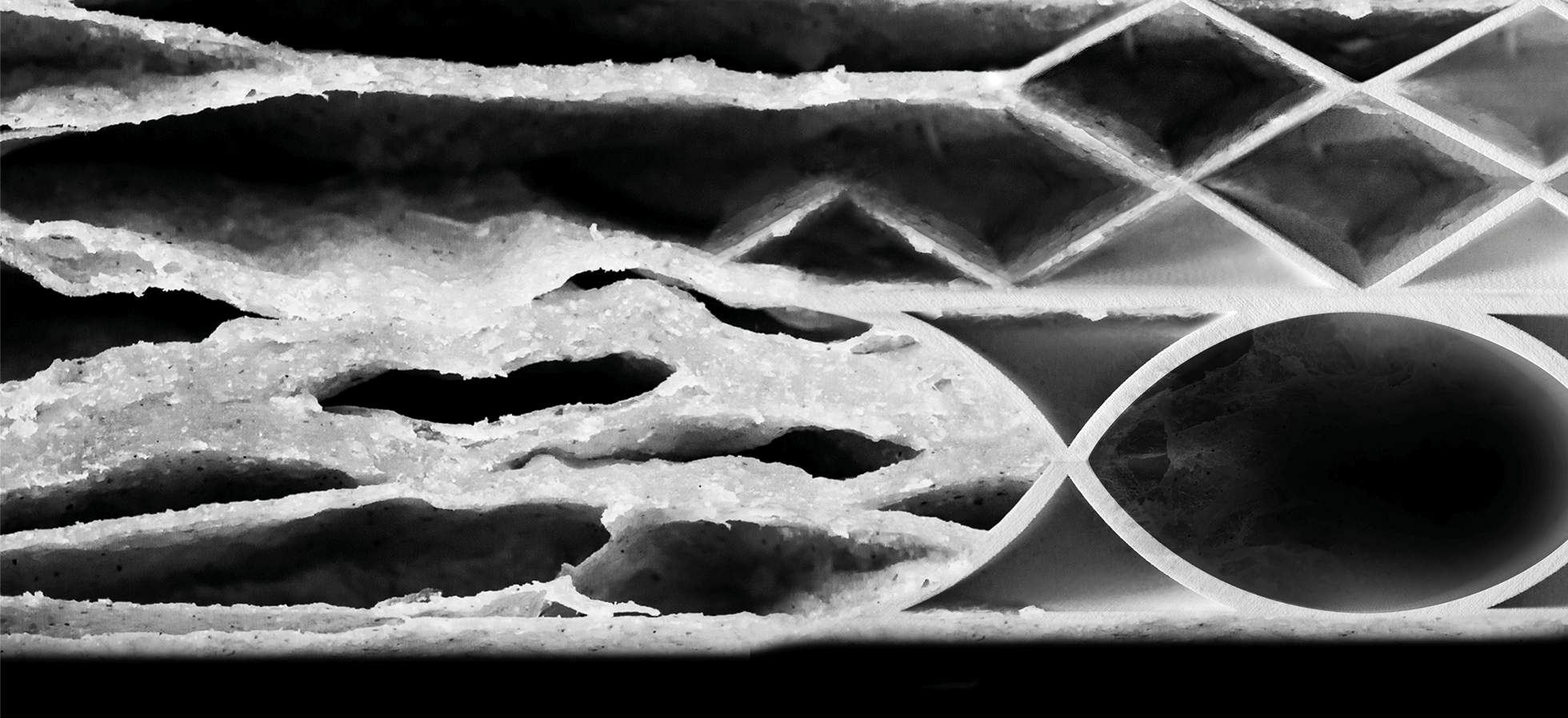![[Translate to English:] Frau Dilkin vor Plakat](/fileadmin/_processed_/4/0/csm_2024_06_1_Dilkin_Sch%C3%B6ck_Preis_2dc6daf458.jpg)
Collaborative Research Centre/Transregio 280
Design Strategies for Material-Minimized Carbon-Reinforced Concrete Structures—Principles of a New Approach to Construction
The aim of the CRC/Transregio 280 is to create new foundations for the construction of the future. The strategy development of CRC/Transregio 280 is aimed at developing innovative concepts and intelligent constructions made of carbon concrete. Suitable methods for design, such as modelling and construction with new materials, therefore require more in-depth basic research. The central source of ideas for construction element geometry is biology, primarily botany, but also the departments of mathematics and art. The aim is to develop construction forms made of mineral composites that transfer forces mainly by normal stress and are manufactured using new industrial machine-supported production methods.
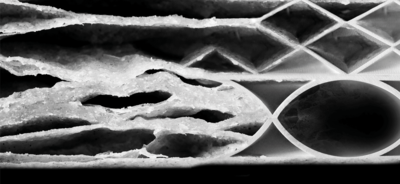
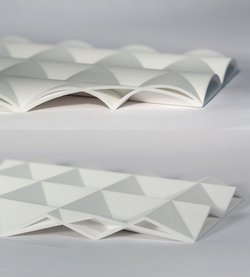
The development of novel structures is linked to questions of manufacturability, product-related sustainability assessment and the further development of the composite material itself. New and innovative design strategies enable a completely different design language, reduce resource and energy consumption and at the same time ensure high serviceability, load-bearing safety and durability.
The approximately 50 researchers at the Technische Universität Dresden, RWTH Aachen University, the Leibniz Institut für Polymerforschung Dresden e.V. and the Botanical Garden Hamburg combine excellent competences. The aim is to take on an internationally visible pioneering role in research into material-minimised construction with carbon fiber-reinforced mineral-based materials.
The German Research Foundation (Deutsche Forschungsgemeinschaft, DFG) has been funding the Collaborative Research Center/Transregio 280 since July 2020.




